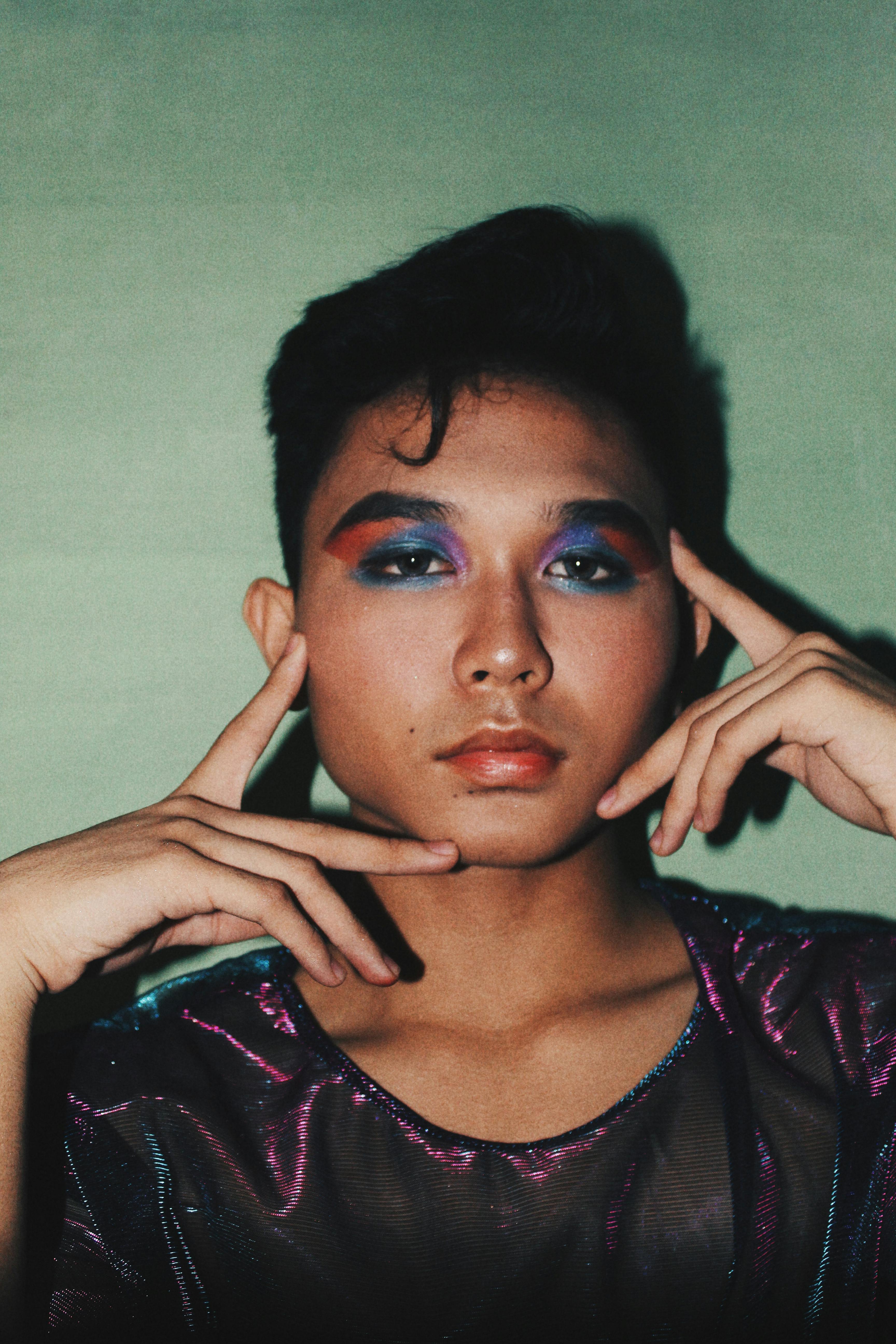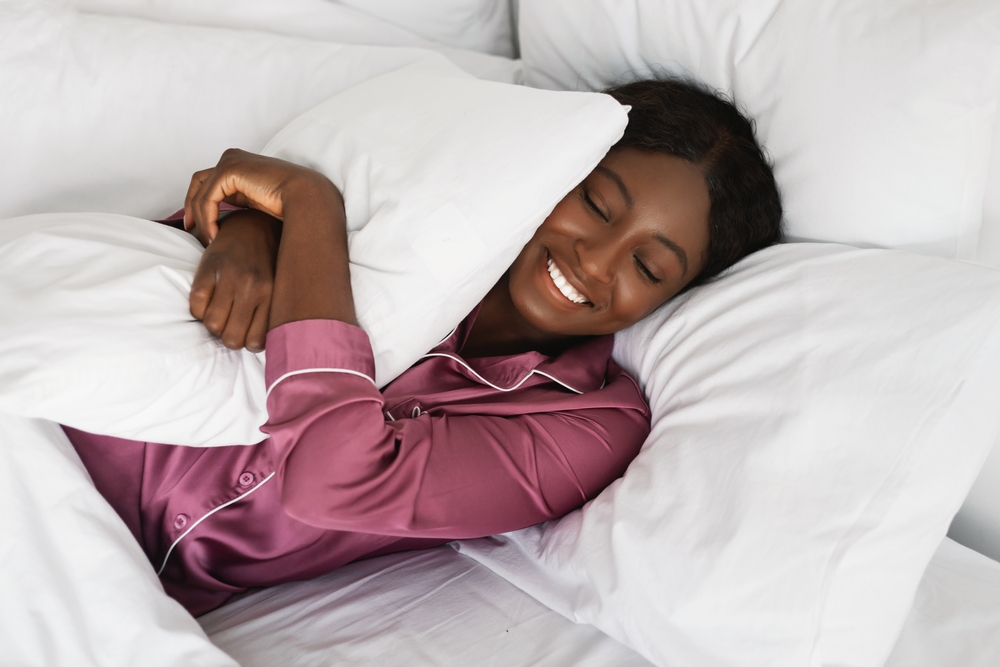Delving into the Allure of Androgynous Fashion
From gender-bending pioneers like David Bowie to contemporary style icons like Jaden Smith, androgynous fashion has always pushed boundaries and challenged norms. Let's explore the historical context, current trends, and future potential of this fascinating style.

A Journey Back in Time: The Emergence of Androgynous Fashion
Androgynous fashion dates back to the 1920s, when trailblazers like Coco Chanel popularized trousers for women, breaking the feminine stereotype. Fast-forward to the 1970s, the glam rock era saw stars like David Bowie blurring the lines with their flamboyant, androgynous looks. In the late 20th century, the influence of androgynous fashion began to permeate mainstream culture, reflecting a growing societal acceptance of gender fluidity.
The Current Landscape: Androgynous Fashion Today
Today, androgynous fashion is more prominent than ever. High fashion brands like Gucci and Saint Laurent frequently feature gender-neutral collections, while streetwear labels such as Supreme and Off-White appeal to a unisex audience. Even traditional retailers like Zara and H&M have launched their own genderless lines.
The Appeal: Why Androgynous Fashion Resonates
Androgynous fashion is more than just a trend—it’s a statement about individuality and self-expression. It challenges traditional gender norms and offers a platform for people to express their identity in a way that feels most authentic to them.
The Influence: Shaping Buying Behaviors
The rise of androgynous fashion has significantly impacted consumer behavior. Shoppers are increasingly looking beyond gender labels, focusing instead on fit, style, and personal preference. This shift is not only transforming retail strategies but also sparking conversations about inclusivity and diversity in fashion.
Practical Insights for Embracing Androgynous Fashion
- Don’t be confined by gender labels – focus on what suits your personal style.
- Mix and match – pair traditionally masculine pieces with feminine ones for a balanced look.
- Experiment with different silhouettes – try oversized pieces or tailored fits.
- Explore different textures and fabrics – this can add interest to an androgynous outfit.
- Don’t forget accessories – they can add the finishing touch to your look.
The Future: Androgynous Fashion Moving Forward
As we move into a future where gender fluidity is increasingly recognized, androgynous fashion is set to continue its evolution. It’s not just a passing trend, but a reflection of growing societal change. As fashion becomes more inclusive, we can expect to see more brands embracing this direction, offering even more opportunities for individuals to express themselves.
In the realm of fashion, androgynous style truly epitomizes the adage, “Style is a way to say who you are without having to speak.” As we’ve seen, this unique fashion perspective has a rich history, current relevance, and a promising future. It encourages us to challenge norms, embrace diversity, and ultimately, to express ourselves authentically through our clothing choices.




